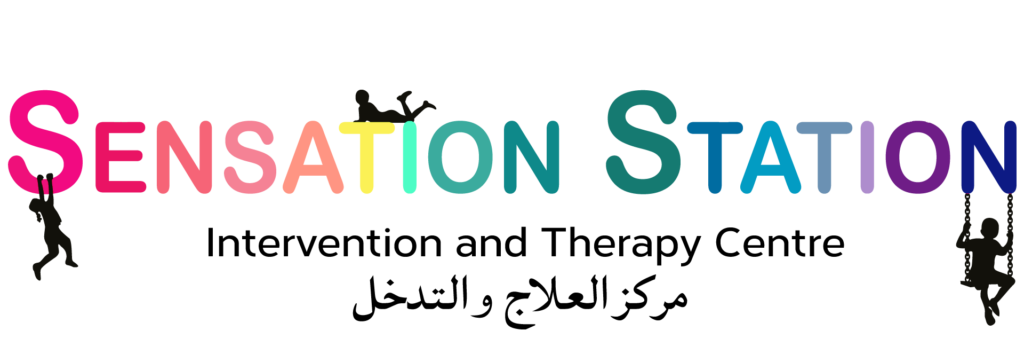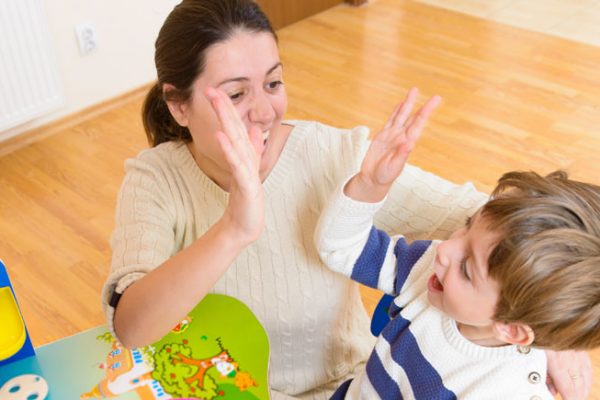SEN learning styles and tips for parents and teachers
Ask yourself and your child what comes to mind when you hear the word dog. Some people see a picture of the animal, hear a bark, while others visualize the animal dog. Those who see a picture of a dog in their mind’s eye or see the letters are probably visual. While those who hear the bark are probably auditory learners. Those who feel the soft fur of a dog are probably kinaesthetic.
Learning is reflected in the way we respond to environmental, social, emotional and physical stimuli, to understand new information. Learning style is defined as the way that information is processed. It focuses on strengths, not weaknesses. There is no right or wrong learning style.
Most children show a preference for one of the following basic learning styles: visual, auditory, kinaesthetic/manipulative. It is not uncommon to combine the primary and secondary learning styles.
Parents and teachers also show a preference for one of these learning styles. It is not unusual for parents and/or teachers to prefer a different style of learning than their child. In order to work effectively with your child it is important to understand your own learning style. (Take inventory at this point)
Visual learners learn by watching
They call up images from the past when trying to remember. They picture the way things look in their heads. Forty percent of secondary students fall into this category.
Activity
Spell words suitable to your child’s reading level. After spelling the word(s), write the answer(s) and check your dictionary for the spelling and spell the word(s) out loud.
Example
If new spelling words are presented by calling out the letter, visual learners would not be able to picture the word, if however, they are printed on a blackboard in addition to being said out loud, visuals would see the way the word looks so they could remember it more easily.
Auditory learners tend to spell phonetically
They can sometimes have trouble reading, because they don’t visualize well. These students learn by listening and remember facts when they are presented in the form of a poem, song or melody.
Kinaesthetic learners
Kinaesthetic learners might remember better by manipulating letter blocks to make the word as for the primary student. Creating a word poem or crossword puzzle could be used for the secondary student. Kinaesthetic learners learn best through movement and manipulation. They like to find out how things work and are often successful in the practical in the arts, such as carpentry or design. A study in the US has shown that these students make up 50 per cent of secondary students and have difficulty learning in a traditional setting.
Knowing your child’s preferred learning style can help you interest a child in new material. With this information you can also learn which style your child needs to strengthen because of the way most information is presented in school. Only 10 percent of secondary students learn best auditorily, but 80 percent of instructional delivery is auditory.
You may have found that you use different learning styles in different situations. Your child does the same. If your child is having difficulty in school you might want to explore the way that information is being presented in school and approach the subject with your child at home using a different learning. It may also be advisable to discuss this with his/her teacher.
Another consideration is the environment in which people learn best. While tradition tells us to have a quiet room, well-lit with a straight back chair, some children learn best in a more chaotic environment. Loud music, laying on the bed, and a dimly lit environment may be the best study situation for others.
Trying different methods of learning may prevent the children from feeling frustrated and inadequate when they are not able to work up to their potential. Experimenting with different learning styles and environments may improve the child’s accomplishments and feelings of achievement
Five Ways to Help Students with Special Needs
Learning disabilities impact the way children are able to process and understand information; they are neurological disorders that might manifest themselves as difficulty listening, thinking, writing, speaking, spelling, or doing mathematical calculations. Dyslexia, dyscalculia, dysgraphia, dyspraxia, visual perception disorders, auditory processing disorders, and language disorders fall under the umbrella of learning disorders. Many children with ADHD also have comorbid learning disorders.
An idea teachers must understand is that students with special needs such as learning disabilities need to be taught differently or need some accommodations to enhance the learning environment. Not everyone learns in the same way, and you can follow some tips to create a well-rounded learning atmosphere.
- Maintain an organized classroom and limit distractions. For students with special needs, maintaining a healthy balance of structure and unstructured processes is important. For example, on each student’s desk, have a place for everything that is clearly labelled (use words or colours, for instance). Also consider using checklists and help students keep their notebooks organized; teach them how to do so on their own, but also check at the end of each day and offer suggestions for keeping it more organized. On the unstructured side of things, allow students with special needs to change their work area while completing homework or studying and assign tasks that involve moving around the room. For students with special needs and learning disabilities, hearing instructions or following directions can be made difficult if there are too many distractions. Schedule breaks throughout the day and seat students with special needs in an area of the classroom that limits distractions; for example, do not sit these children by a window, in front of an open door, or by the air conditioner, as people walking by or additional noises might be too distracting.
- Use music and voice inflection. When transitioning to an activity, use a short song to finish up one task and move to another. Many of us have sung the “clean up” while cleaning up before the next activity; use a similar approach in the classroom. Students with special needs might also respond well to varied voice inflection and tone, so use a mixture of loud, soft, and whisper sounds. Using proper pronunciation and sometimes slightly exaggerating proper speech will help a child model the same principles.
- Break down instructions into smaller, manageable tasks. Students with special needs often have difficulty understanding long-winded or several instructions at once. For children with learning disabilities, it is best to use simple, concrete sentences. You might have to break down a step into a few smaller steps to ensure your students with special needs understand what you are asking. You might even want to put the directions both in print and saying them verbally. Ask your students with special needs to repeat the directions and ask them to demonstrate that they understand. Do not give further instructions until a student has completed the previous task.
- Use multi-sensory strategies. As all children learn in different ways, it is important to make every lesson as multi-sensory as possible. Students with learning disabilities might have difficulty in one area, while they might excel in another. For example, use both visual and auditory cues. Create opportunities for tactile experiences. You might need to use physical cues, such as a light touch, when a student might get distracted or inattentive. Get creative with your lesson plans, and students with special needs will appreciate the opportunity to use their imaginations or try something new; use a balance of structure and familiar lessons with original content.
- Give students with special needs opportunities for success. Children with learning disabilities often feel like they do not succeed in certain areas, but structuring lessons that lead to successful results is a way to keep them motivated. Provide immediate reinforcement for accomplishments, be consistent with rules and discipline, correct errors and reward students when they make these corrections themselves, explain behavioural expectations, and teach and demonstrate appropriate behaviours rather than just expecting students with special needs to pick them up.
While these suggestions are ideal for classroom settings, parents of students with special needs can also implement these principles. Helping children with learning disabilities both in and out of the classroom is the best way to help your students with special needs achieve success.
Source: SpecialNeeds.com
Footnote
At Sensation Station we try to reach-out and help as many families as possible within a holistic approach and a multi-disciplinary therapy setting. Our Out-Reach Services are available at selected schools and nurseries in Dubai providing 1:1 and/or group therapy on-site, supporting teachers and students with Special Educational Needs (SEN).
We currently successfully collaborate with a number of schools & nurseries in Dubai providing frequent Speech-Language Therapy and Occupational Therapy. If you would like your child to be referred for therapy. Please request for a referral from the teacher that the school can than pass on to our centre. Ask the teacher, learning support and/or SENCO to discuss the referral process below:
- School/nursery identify a child in need and discuss it with the parents
- Referral is sent to Sensation Station via referral form
- Parent consultation conducted by Sensation Station
- Sensation Station will commence with an assessment and treatment on site
Alternatively, you can contact the centre directly.
If you would like Sensation Station to outreach to your child’s school or nursery, please ask the school to contact our Head of Therapy to discuss this further.



